Abstract: In 2025, LEO satellite antenna systems are transforming space-to-ground connectivity with unprecedented advances in bandwidth, speed, and reliability. As electronically steered antennas and multi-band platforms push the boundaries of what’s possible, satellite operators and aerospace engineers must grapple with both new opportunities and challenges. Novocomms Space delivers the engineering expertise and scalable solutions powering this next wave of communication disruption.
Introduction: The LEO Leap in Space-to-Ground Connectivity
In 2025, the narrative around space-to-ground communication is being rewritten. LEO satellite antenna systems—once experimental, now essential—are reshaping how data, video, and command signals move between the planet and thousands of low earth orbit satellites overhead. Where legacy GEO links brought latency and fixed coverage, LEOs promise near-instant, globe-spanning connections. But, as always, the antenna is where theory meets real-world performance.
The High Stakes of Fast, Flexible Connectivity
Satellite operators and engineers face a technical crossroads. End users—from polar researchers to autonomous vehicles—demand high-throughput, low-latency links wherever they roam. Traditional parabolic dishes, locked to a single satellite, simply can’t track the fast-moving LEO fleet. Enter advanced, electronically steered LEO satellite antenna systems—antenna arrays that can lock on to multiple satellites in real time, optimising link quality as the constellation races overhead.
Industry insight: According to recent reports (C-COM Satellite Systems, 2024), Ka-band electronically steered antennas (ESA) are now entering large-scale testing and early commercial deployments, enabling mobile platforms to switch seamlessly between LEO and GEO networks. The result: fewer dropped packets, continuous coverage, and service that follows the user, not the other way around.
Key Advances Shaping LEO Satellite Antenna Systems in 2025
1. Electronically Steered Arrays (ESA): Speed, Scalability, and Multi-Orbit
2025 marks a tipping point for ESAs. Replacing mechanical gimbals with software-driven phase shifters, these antennas can simultaneously track multiple LEO (and even GEO or MEO) satellites, handling handoffs in milliseconds. Recent advancements in manufacturing—such as compact 1K- and 4K-element ESA arrays—are bringing this agility to commercial and defense sectors alike. For aerospace engineers and comms professionals, this translates into optimised spectrum use, better link reliability, and systems that are both lighter and less prone to mechanical failure.
2. Multi-Band Flexibility: L, Ku, and Ka-Band Systems
Signal environments are diverse and dynamic. Platforms from rural ground stations to drones need to dynamically select between L, Ku, and Ka bands as conditions and mission requirements shift. Modern LEO satellite antenna systems demand hardware that can support seamless frequency switching—a major design challenge met by modular, reconfigurable arrays. This allows operators flexibility to react to congestion, regulatory shifts, or mission-specific needs in real time.
3. Integration & Miniaturisation: Space-Saving, High-Gain Solutions
In the world of LEO ground terminals, bulk is the enemy. 2025’s leaders in the field are delivering thinner, lighter, and more power-efficient solutions. Thanks to breakthroughs in material science and RF circuit integration (including from companies like Novocomms Space), it’s now feasible to equip small vehicles, remote outposts, and commercial aircraft with terminals that fit where traditional gear simply can’t. This drives new applications across mobility, disaster response, and edge computing—unlocking business opportunities far beyond legacy satcom use cases.
Case Study: Novocomms Space and the Path to Deployment
The future of space-to-ground connectivity isn’t just theory: it’s arriving in the field. At Novocomms Space, our engineering teams have guided satellite operators and mobility platform designers through every step of this transition—from concept study and simulation to prototyping and scalable manufacturing. Our advanced Ku/Ka-band ESA platforms have completed multi-satellite interoperability tests, providing a drop-in upgrade path for both new LEO constellations and hybrid constellations blending LEO, MEO, and GEO links.
By collaborating with OEMs and cloud infrastructure providers, Novocomms enables integration of predictive maintenance, over-the-air updates, and adaptive beamforming—all from a rugged, low-profile terminal designed for deployment in the harshest environments.
What’s Next? Navigating Complexity and Ensuring Real-World Reliability
While the promise is enormous, challenges remain. Interoperability, particularly among diverse LEO players and with GEO/MEO incumbents, requires adherence to evolving standards and quick adaptation as regulatory and spectrum environments change. Power consumption, terminal cost, and test coverage (especially as arrays grow denser and smarter) demand precision engineering and constant field feedback.
This fast-moving ecosystem rewards teams who can bridge the lab-to-launch gap, rapidly iterating antenna designs and deploying units that pass both bench tests and brutal real-world conditions. With its vertically integrated structure spanning RF modelling, embedded controls, and scalable manufacturing, Novocomms delivers just that.
Conclusion: The Real Revolution is One of Practical Deployment
The rise of LEO satellite antenna systems in 2025 is more than a technology milestone—it’s a shift in how humanity interacts with its orbiting infrastructure. Fast, adaptive, and increasingly affordable, these systems now underpin critical applications ranging from broadband equity to unmanned systems control.
But it’s not just about specs; it’s about what works, where and when it matters. Operators, engineers, and integrators who want to lead in this field need partners who have gone from drawing board to field install time and again.
Ready to bring next-generation space-to-ground connectivity to your operation? Contact Novocomms Space today for engineering expertise and antenna solutions built for the realities of 2025 and beyond.
